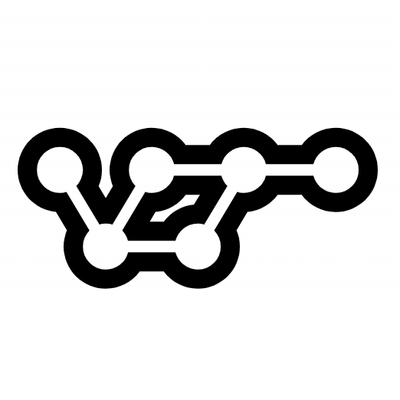
Security News
vlt Launches "reproduce": A New Tool Challenging the Limits of Package Provenance
vlt's new "reproduce" tool verifies npm packages against their source code, outperforming traditional provenance adoption in the JavaScript ecosystem.
Microdrop is a graphical user interface for the DropBot Digital Microfluidics control system
MicroDrop is a graphical user interface for the DropBot digital microfluidics control system (described in detail in Fobel et al., Appl. Phys. Lett. 102, 193513 (2013)).
If you use this information in work that you publish, please cite as appropriate.
Table of Contents generated with DocToc
MicroDrop can be installed using any of the methods below.
Download installer for latest MicroDrop 1.0 release.
This installer is a customized distribution of the popular Miniconda
Python.
anaconda (Python 2.7 32-bit Windows) installation (recommended)Run:
conda install -c wheeler-microfluidics "microdrop>=1.0,<2.0" microdrop-launcher
Note the -c wheeler-microfluidics flag allows installing conda packages
from the wheeler-microfluidics channel.
conda environment for MicroDropRun:
conda create -n microdrop -c wheeler-microfluidics "microdrop>=1.0,<2.0" microdrop-launcher
To activate the MicroDrop conda environment, run:
activate microdrop
To deactivate the MicroDrop conda environment, run:
deactivate
See "Managing environments" section of Conda documentation for more information.
pip, not recommended)Update pip:
pip install -U pip
Install microdrop from PyPi:
pip install --find-links http://192.99.4.95/wheels --trusted-host 192.99.4.95 "microdrop>=1.0,<2.0"
Note 192.99.4.95 is the IP address of the official MicroDrop update
server where MicroDrop dependencies not available on PyPI are stored as
wheels.

If MicroDrop is installed using a Conda Python distribution (including the official installer)
If existing profile directory is not automatically found, it can be manually imported by launching the "MicroDrop Profile Manager" shortcut.
See Profile Manager section below.
In environments where, for example, multiple users are using the same computer to perform MicroDrop experiments, it can be helpful to create separate MicroDrop profiles. Each MicroDrop profile contains devices and plugins, as well as experiment logs.
The MicroDrop Profile Manager provides an interface to manage one or more
MicroDrop profiles. Initially, the default profile path (i.e.,
<Documents>\Microdrop) is listed.
As shown below:

When an existing profile is imported, plugin dependencies are installed while the following dialog is displayed:

The following dialog is displayed when the Remove button for a listed profile is clicked:

Clicking the Remove button in the dialog removes the corresponding profile from the list, but does not delete any files. The profile can be imported to add it back to the profile list.
Warning: Clicking the Remove with data button in the dialog removes the corresponding profile from the list, and deletes the profile directory. This cannot be undone.
Plugins can either be installed using the MicroDrop plugin manager command-line tool, or through the MicroDrop user interface.
dmf_control_board
mpm)The Microdrop plugin manager is a command-line tool (inspired by pip) for
managing (e.g., install, uninstall) Microdrop plugins.
For full usage details, see the project home page.
Basic usage to install a plugin:
Start MicroDrop environment command prompt using the following shortcut:

In MicroDrop environment command prompt, run:
python -m mpm -c <microdrop settings directory>\microdrop.ini install plugin [plugin [plugin ...]]
To install featured plugin:
python -m mpm -c <microdrop settings directory>\microdrop.ini install dmf_control_board
Install plugins:

Relaunch MicroDrop.
Ryan Fobel ryan@fobel.net
Christian Fobel christian@fobel.net
FAQs
Microdrop is a graphical user interface for the DropBot Digital Microfluidics control system
We found that microdrop demonstrated a healthy version release cadence and project activity because the last version was released less than a year ago. It has 2 open source maintainers collaborating on the project.
Did you know?

Socket for GitHub automatically highlights issues in each pull request and monitors the health of all your open source dependencies. Discover the contents of your packages and block harmful activity before you install or update your dependencies.

Security News
vlt's new "reproduce" tool verifies npm packages against their source code, outperforming traditional provenance adoption in the JavaScript ecosystem.

Research
Security News
Socket researchers uncovered a malicious PyPI package exploiting Deezer’s API to enable coordinated music piracy through API abuse and C2 server control.

Research
The Socket Research Team discovered a malicious npm package, '@ton-wallet/create', stealing cryptocurrency wallet keys from developers and users in the TON ecosystem.